 Bournemouth University, as all good universities, has an in-depth risk assessment form for staff to complete prior to their travel on university business. The form is required for all travel even it is on the train to Southampton for a research meeting. Before I left for Nepal late last year I completed the form, assessed the usual travel risk to a low-income country, including the risk food poisoning, malaria and car accidents. The latter is usually the most serious risk for a healthy educated academic traveller to a low-income country.
Bournemouth University, as all good universities, has an in-depth risk assessment form for staff to complete prior to their travel on university business. The form is required for all travel even it is on the train to Southampton for a research meeting. Before I left for Nepal late last year I completed the form, assessed the usual travel risk to a low-income country, including the risk food poisoning, malaria and car accidents. The latter is usually the most serious risk for a healthy educated academic traveller to a low-income country.
I have been to Nepal nearly twenty times, I have in many a house of office with low ceilings and low door frames, so why did I not duck deep enough this morning in the training centre we use for running our THET project. To add to my shame it was not even the first day in this training centre as we were here all day yesterday. The good thing is (as a sociologist) I got to do some in promptu participant observation in the local A&E in the health centre in Parasi. Not that I can use it in my research as I didn’t apply for ethical approval for this unique additional part of the fieldwork. 
For the record, the A&E service in Parasi is excellent, but it helps, of course, that we are doing training with the support of the District Health Office and we were only two minutes driving away from the health post. The other good thing is that it hurts a little, but no damage done! ethical approval for this part of the fieldwork. The other good thing is that it hurts a little, but no damage done!
Finally, I would like to say “Thank you!” to the ANMs (Auxiliary Nurse Midwives) who pick up off the floor and my Nepali colleagues for worrying about me.
Professor Edwin van Teijlingen
CMMPH
 Dr. Sarah Collard (based in FHSS) had her article “It’s such a vicious cycle”: Narrative accounts of the sportsperson with epilepsy accepted in the scientific journal Psychology of Sport and Exercise. [1] The paper, co-authored with Caroline Marlow, addresses the issues of the psychosocial barriers and benefits of exercising for the sportsperson/people with epilepsy (SWE). Her qualitative research presents the narratives of SWE over time and as a result, offers a deeper understanding of the psychosocial impact of exercising with epilepsy.
Dr. Sarah Collard (based in FHSS) had her article “It’s such a vicious cycle”: Narrative accounts of the sportsperson with epilepsy accepted in the scientific journal Psychology of Sport and Exercise. [1] The paper, co-authored with Caroline Marlow, addresses the issues of the psychosocial barriers and benefits of exercising for the sportsperson/people with epilepsy (SWE). Her qualitative research presents the narratives of SWE over time and as a result, offers a deeper understanding of the psychosocial impact of exercising with epilepsy.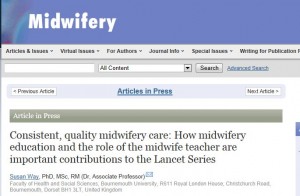
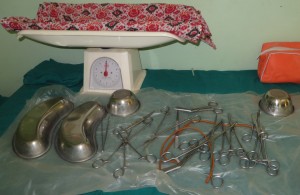




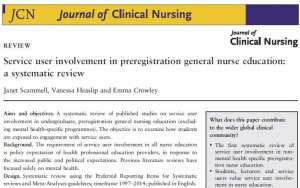
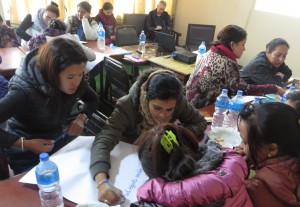
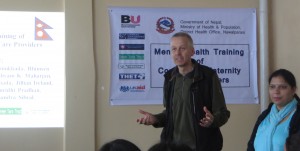



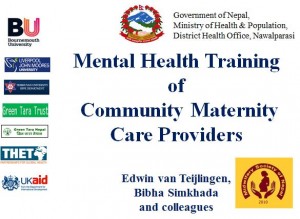

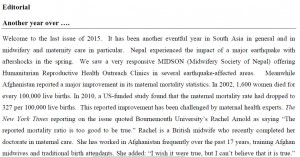

 with BU on a range of health and maternity-care projects. The birthing centre has been improved since our last visit one year ago. There now is a newly build decomposition pit for the disposal of placentas. There is a new postnatal recovery room, and the number of local women giving birth in the facility has been increasing! When we arrived a new baby had just been born an hour or so earlier (second photo with proud father on the right).
with BU on a range of health and maternity-care projects. The birthing centre has been improved since our last visit one year ago. There now is a newly build decomposition pit for the disposal of placentas. There is a new postnatal recovery room, and the number of local women giving birth in the facility has been increasing! When we arrived a new baby had just been born an hour or so earlier (second photo with proud father on the right).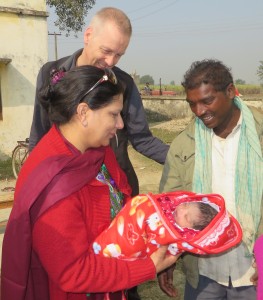

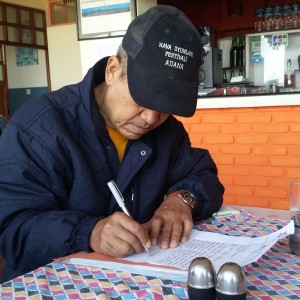
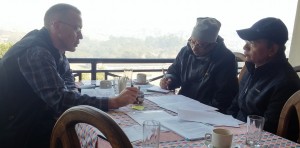
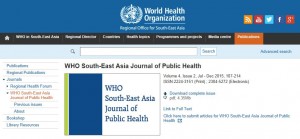
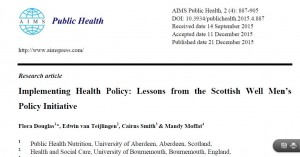

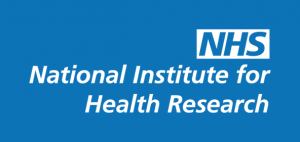












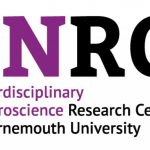 Fourth INRC Symposium: From Clinical Applications to Neuro-Inspired Computation
Fourth INRC Symposium: From Clinical Applications to Neuro-Inspired Computation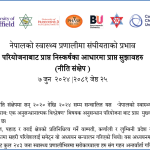 Writing policy briefs
Writing policy briefs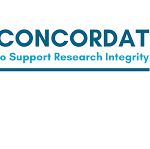 Upholding Excellence: The Concordat to Support Research Integrity
Upholding Excellence: The Concordat to Support Research Integrity Today’s Documentation Will Serve Tomorrow’s Justice
Today’s Documentation Will Serve Tomorrow’s Justice ECR Funding Open Call: Research Culture & Community Grant – Application Deadline Friday 12 December
ECR Funding Open Call: Research Culture & Community Grant – Application Deadline Friday 12 December MSCA Postdoctoral Fellowships 2025 Call
MSCA Postdoctoral Fellowships 2025 Call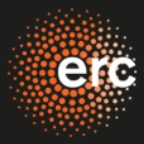 ERC Advanced Grant 2025 Webinar
ERC Advanced Grant 2025 Webinar Horizon Europe Work Programme 2025 Published
Horizon Europe Work Programme 2025 Published Horizon Europe 2025 Work Programme pre-Published
Horizon Europe 2025 Work Programme pre-Published Update on UKRO services
Update on UKRO services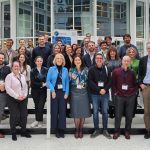 European research project exploring use of ‘virtual twins’ to better manage metabolic associated fatty liver disease
European research project exploring use of ‘virtual twins’ to better manage metabolic associated fatty liver disease